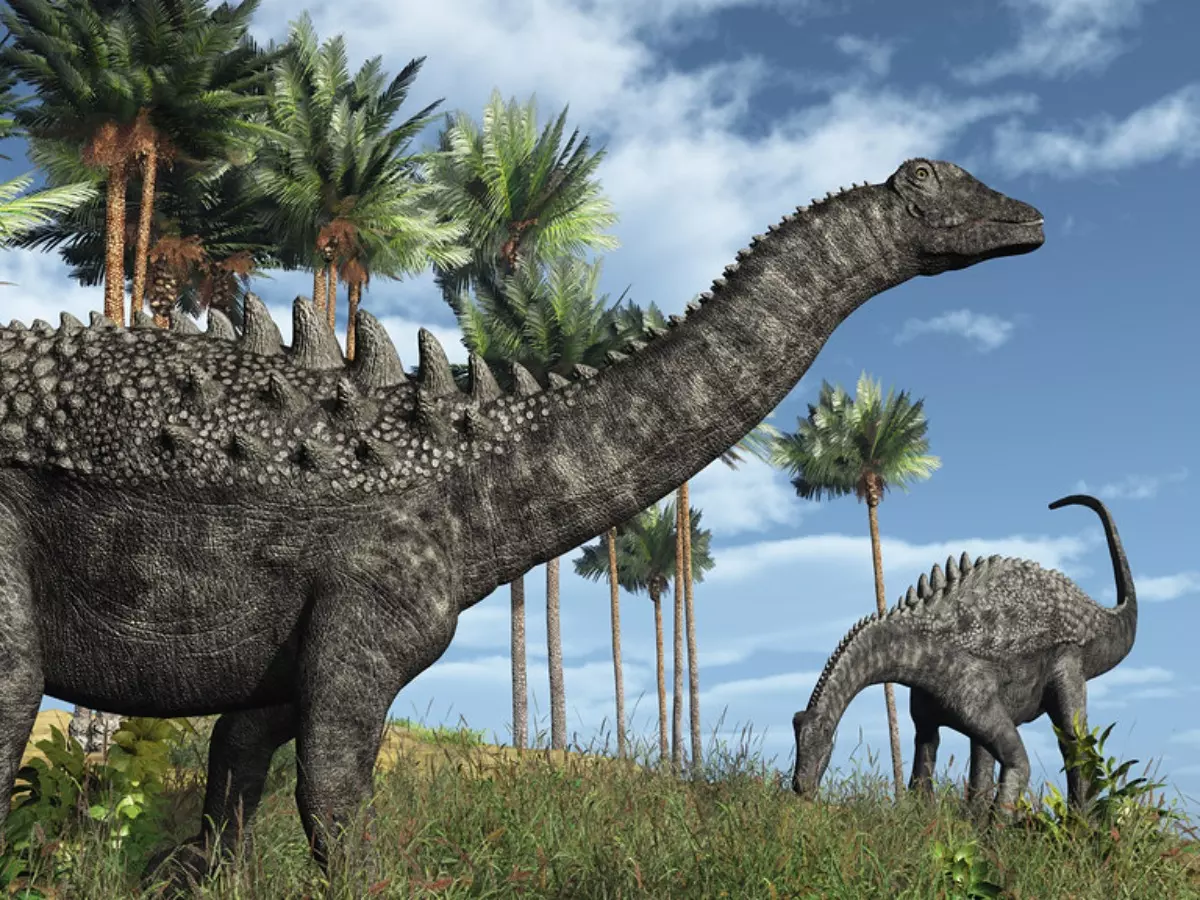Dinosaurs Would Rule Earth Today If Not For The Asteroid That Wiped Them Out: Study
The Jurassic Park movies left viewers wondering whether humans and dinosaurs could ever coexist. Though we will never be sure of the answer to that, a new study has claimed that they would have been around for sure had it not been for the asteroid that wiped them out.

The Jurassic Park movies have left viewers wondering whether humans and dinosaurs could ever coexist. Though we will never be sure of the answer to that, a new study has claimed that they would have been around for sure had it not been for the asteroid that wiped them out.
Conducted by researchers from the University of Bath and the Natural History Museum London, the study says that dinosaurs would have continued to dominate life on Earth if the asteroid hadn't hit. The study points out that the dinosaurs were not declining in numbers, as believed by some before.
¡°Dinosaurs were widespread globally at the time of the asteroid impact at the end of the Late Cretaceous period, occupying every continent on the planet and were the dominant form of animal of most terrestrial ecosystems,¡± a release on the study by the University of Bath reads.
A difficult count
 Representational image/AlienCat
Representational image/AlienCat
The question of what happened to the dinosaurs has always had an ounce of mystery to it. Some studies say that their numbers were declining towards the end of the Cretaceous period and they would have died out eventually even if the asteroid hit had not taken place.
Lead author of the study, Joe Bonsor, has a different take on it. He points out that previous studies do not take into account expanded dataset that includes ¡°more recent dinosaur family trees and a broader set of dinosaur types.¡± When these are taken into account, ¡°the results don't actually all point to this conclusion - in fact only about half of them do,¡± he states.
Bonsor also points out other factors that nullify the results of earlier studies. He says ¡°the large unavoidable biases in the fossil record and lack of data can often show a decline in species, but this may not be a reflection of the reality at the time.¡±
Another reason for this lack of clarity is the gaps in the fossil record. These gaps can be caused by limited bones which are preserved as fossils, and even limited ones among them which are/ have been accessed by palaeontologists.
Revised strategy
 Representational mage/Reuters
Representational mage/Reuters
To overcome these sampling biases, the researchers used statistical methods looking at the rates of speciation of dinosaur families. This was an addition to the simple count of the number of species belonging to the family.
The research team characterised dinosaur species and used statistical modelling to determine if each of these dinosaur groups was still ¡°able to produce new species at this time.¡±
The study, now published in the journal Royal Society Open Science, found that ¡°dinosaurs were not in decline before the asteroid hit,¡± contradicting some previous studies. Bonsor mentions ¡°some groups such as hadrosaurs and ceratopsians were thriving and there's no evidence to suggest they would have died out 66 million years ago had the extinction event not happened.¡±
Some of the mammal species existed alongside dinosaurs when the asteroid hit. Though they were not the dominant life forces on land, they emerged to be so as the dinosaurs got extinct. It was only due to the absence of dinosaurs that mammals were able to evolve as the dominant species on land.
